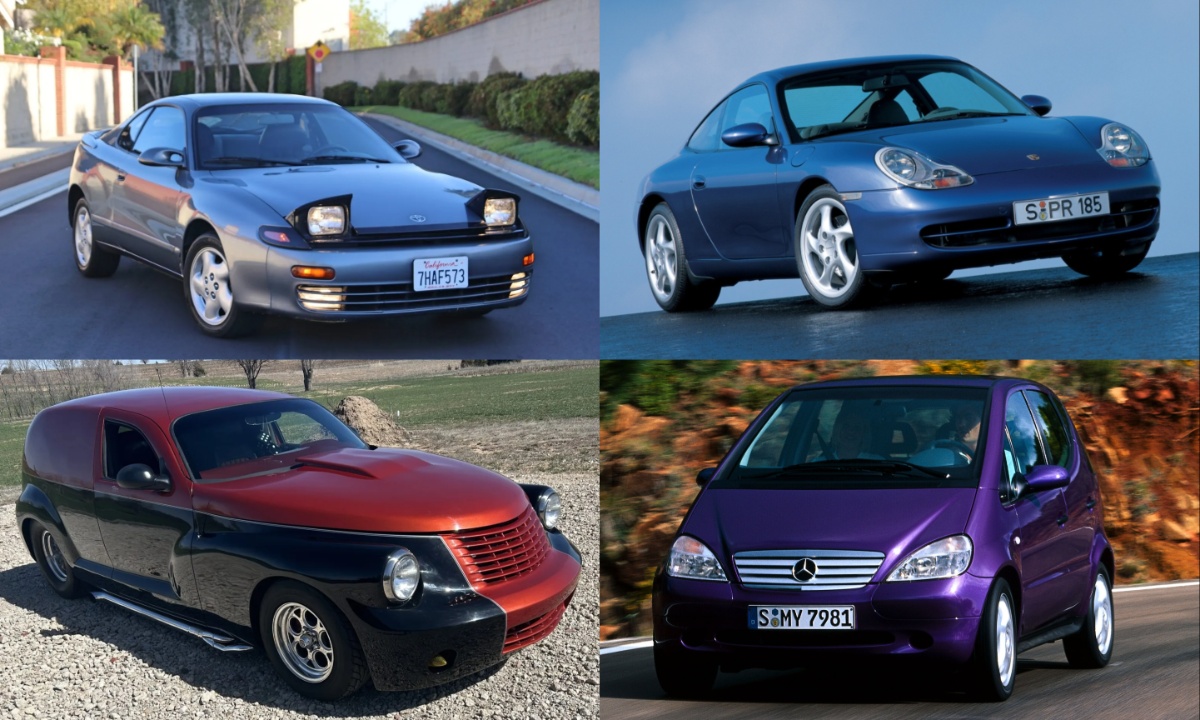The automobile market is highly competitive, with consumers placing significant importance on style when choosing a vehicle. Whether purchasing a car for business, pleasure, or daily use, buyers expect manufacturers to balance performance with aesthetic appeal.
While some car models achieve an iconic look, others fail to resonate with consumers due to unconventional or unattractive designs. Sometimes, automakers miscalculate design choices, resulting in vehicles that are widely criticized. The following sections discuss several examples of cars that were so visually unappealing that they required redesigns or were ultimately discontinued.
1. The 1993-99 Toyota Celica: A Confusing Evolution
Toyota’s decision to abandon pop-up headlights in favor of four round inset lights on the sixth-generation Celica resulted in a polarizing design. The lights resembled those of a Porsche, but their integration with the hood shape was inconsistent, creating an unharmonious front-end appearance.
To address the criticism, Toyota redesigned the headlights in the final Celica generation, opting for a more streamlined, triangular look. Despite facelifts and improvements, the Celica was discontinued in 2006, marking the end of an era for the once-popular sports car.
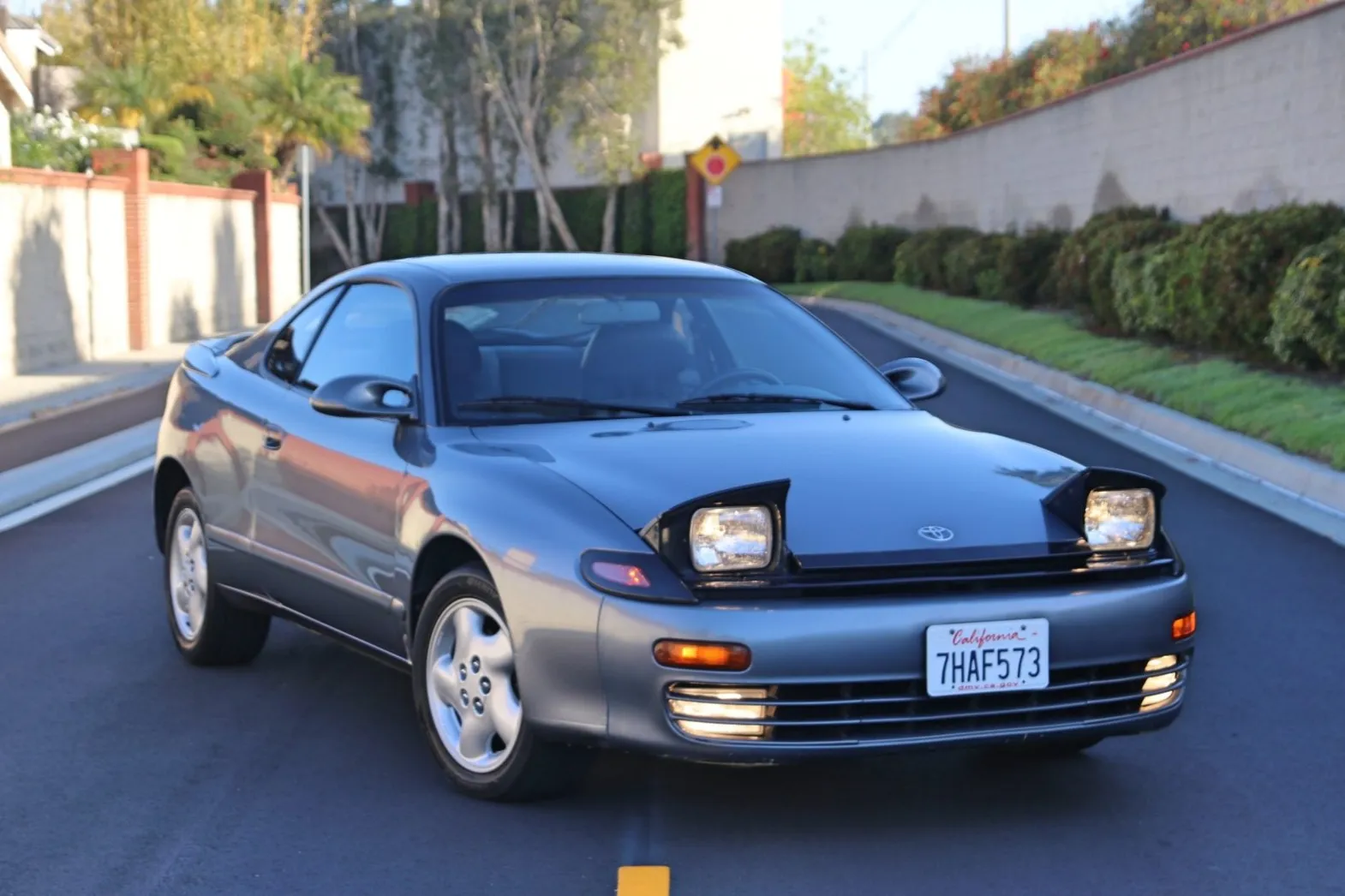
2. The ‘Bug-Eyed’ Subaru Impreza: A Misstep in Headlight Design
The 2000-2002 Subaru Impreza, nicknamed the “Bug-Eyed” Subaru, is a prime example of how a single design element can overshadow a vehicle’s strengths. Although the car featured a turbocharged engine, all-wheel drive, and a four-door shell, the headlight design alienated many fans of the previous generation.
The circular headlights created an awkward contrast with the built-in air intake and low grille, making the front end appear unbalanced. While some enthusiasts defended the design as unique, many felt it was a step backward, leading Subaru to rethink its aesthetic approach in later models.
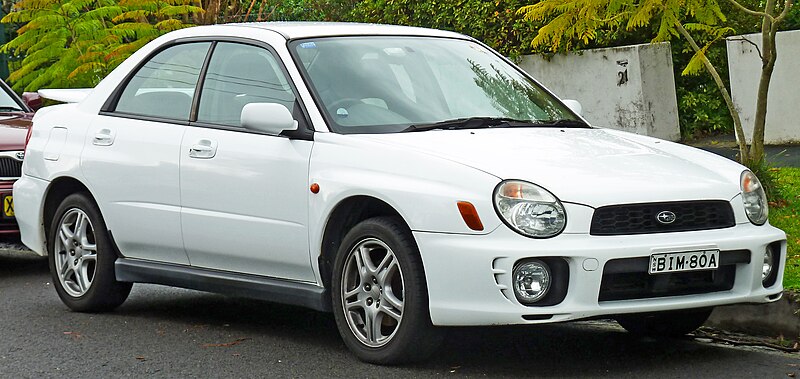
3. The 1997 Mercedes-Benz A-Class: A Luxury Brand’s Unconventional Move
As a luxury brand, Mercedes-Benz is known for producing high-end sedans and coupes. However, the first-generation A-Class was an unusual departure, attempting to merge compact hatchback practicality with Mercedes prestige.
The result was an awkwardly proportioned vehicle with a rounded front end and a boxy rear, drawing comparisons to the infamous Fiat Multipla. While later generations refined the design with a longer hood and sleeker proportions, the initial release remains an example of a failed attempt at blending luxury and compact design.
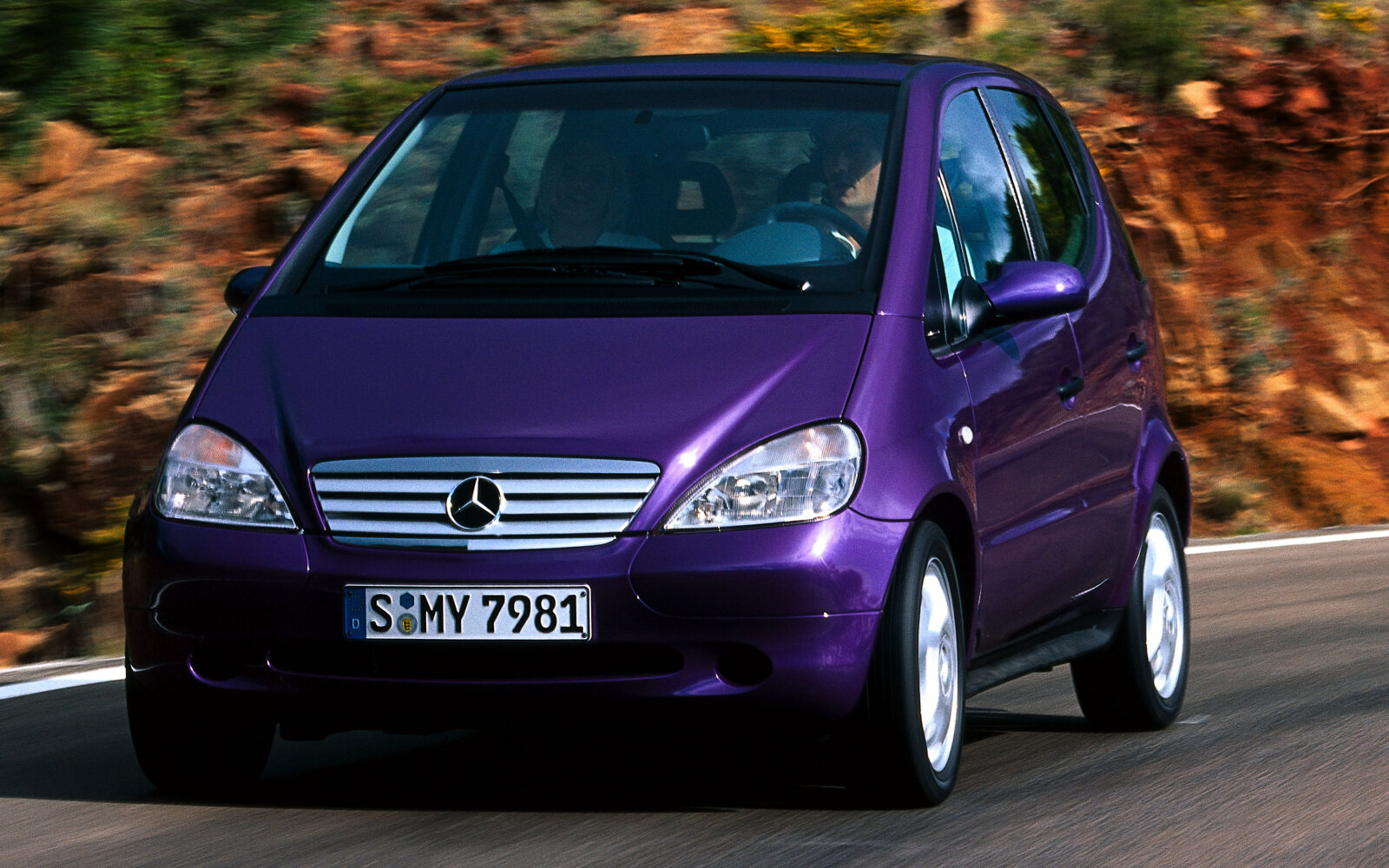
Also Read: 10 Best Lightweight Rims for Improved Handling
4. The Chrysler PT Cruiser: A Divisive Throwback Design
Chrysler’s PT Cruiser attempted to capture a retro aesthetic inspired by 1940s automotive design. However, the execution was met with mixed reactions. The front end, characterized by a long hood and extended grille, clashed with the bus-like rear, creating a disjointed appearance.
In 2006, Chrysler made significant design modifications, including reshaped headlights and a reworked grille. Despite these efforts, the PT Cruiser remained a controversial design, with some feeling the changes detracted from its vintage charm. Ultimately, the car failed to maintain long-term success and was discontinued.
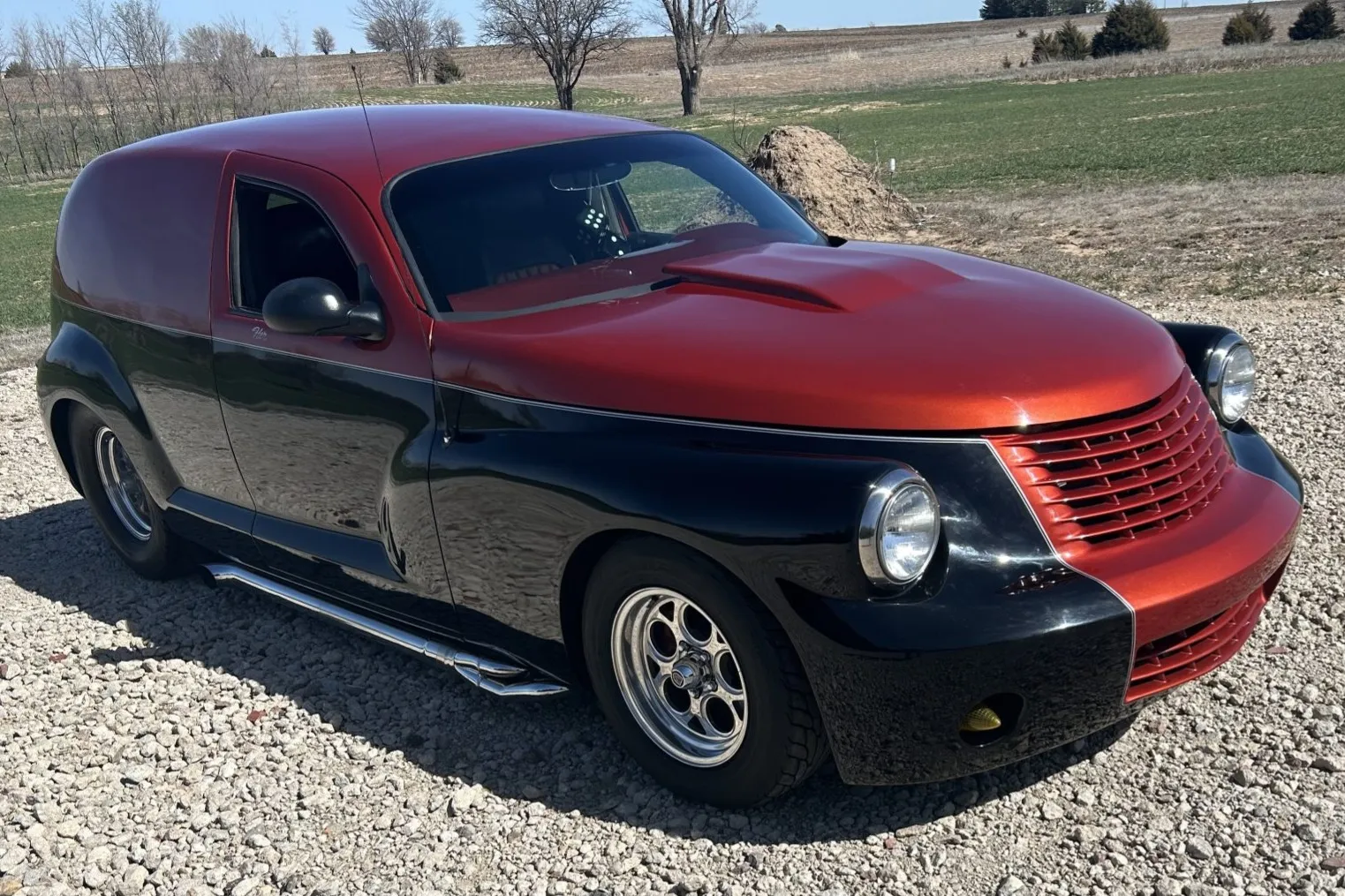
5. The 1999 Chevy Camaro: A Muscle Car’s Identity Crisis
The Camaro has long been an iconic muscle car, but by 1999, its design had become uninspired and forgettable. The fourth-generation Camaro suffered from a lack of distinctiveness, blending in with other late 1990s sports coupes rather than standing out as a performance vehicle.
Despite offering several V6 and V8 engine options, the model struggled to maintain its appeal. By 2002, the Camaro was discontinued, though it returned in 2010 with a bold redesign that embraced its muscle car heritage. The revival featured a wider grille and the introduction of the GM Zeta platform, reestablishing the Camaro as a dominant force in the muscle car segment.
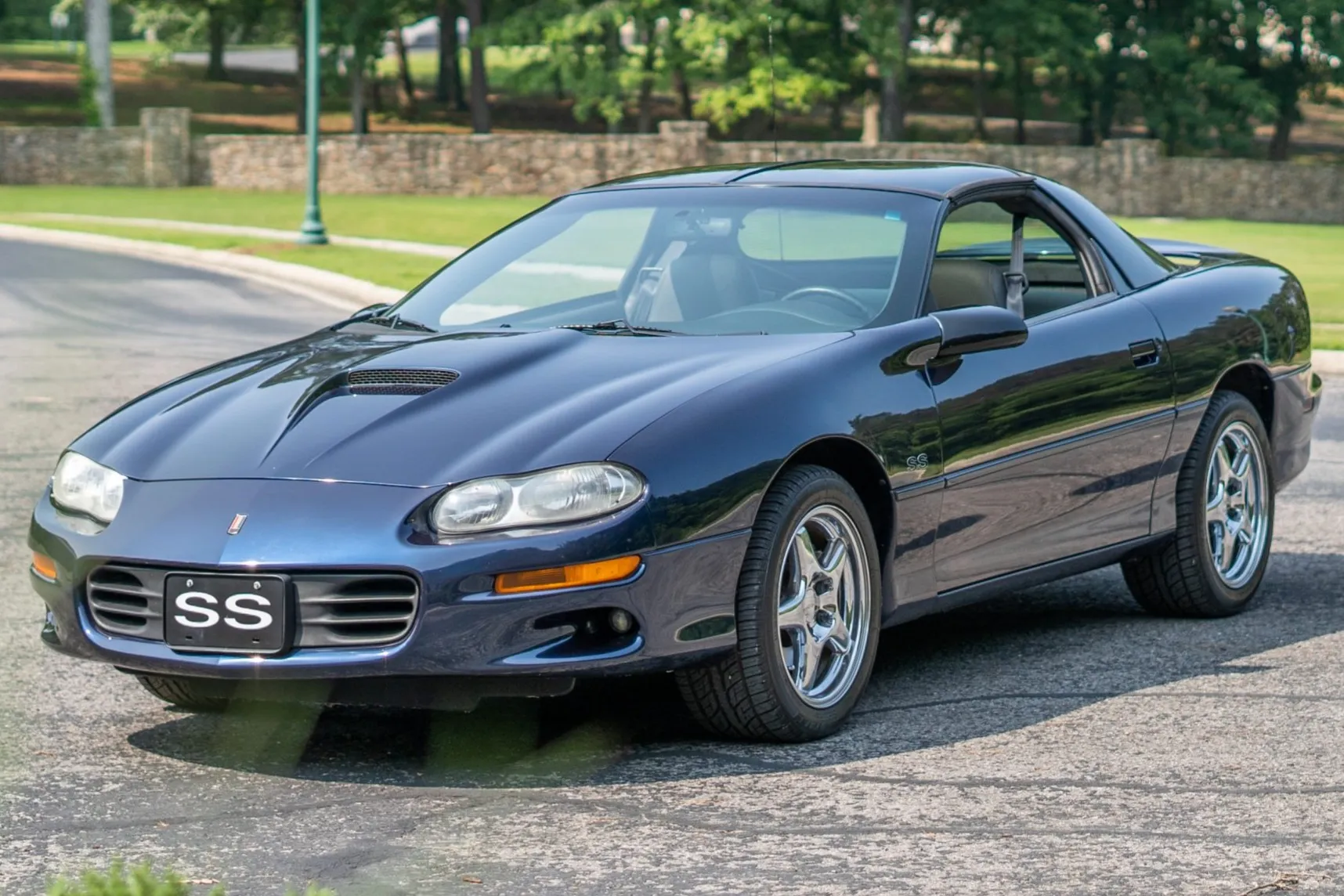
6. The Hummer H2: Over-the-Top Excess
The Hummer H2 epitomized excessive design choices in the SUV market. Modeled after military vehicles, the H2 featured an oversized body, excessive chrome trim, and purely decorative roof hoops that served no practical purpose.
While the vehicle initially attracted attention, its poor fuel economy and impractical size made it unsustainable. The 2008 financial crisis further impacted its viability, leading to the discontinuation of the Hummer brand in 2010. However, GMC has since announced plans to revive the Hummer nameplate, potentially reimagining it for modern consumers.
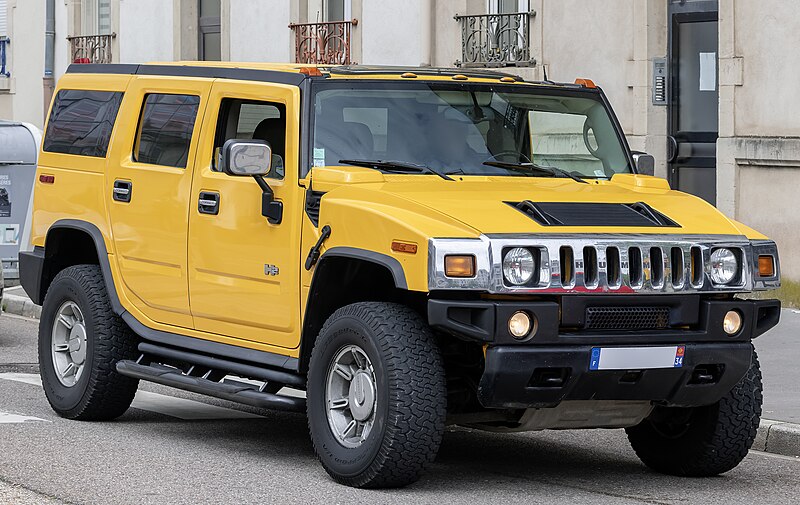
7. The Porsche 996 911: A Departure from Tradition
Porsche’s 911 series is renowned for its iconic design, but the 996-generation model took an unexpected detour. The decision to abandon the classic round headlights in favor of an unconventional layout puzzled enthusiasts and critics alike.
The resulting aesthetic change was widely regarded as a mistake, leading Porsche to revert to its signature headlight design in the 997-generation. This case highlights how even established luxury brands can falter when deviating from design elements that define their legacy.
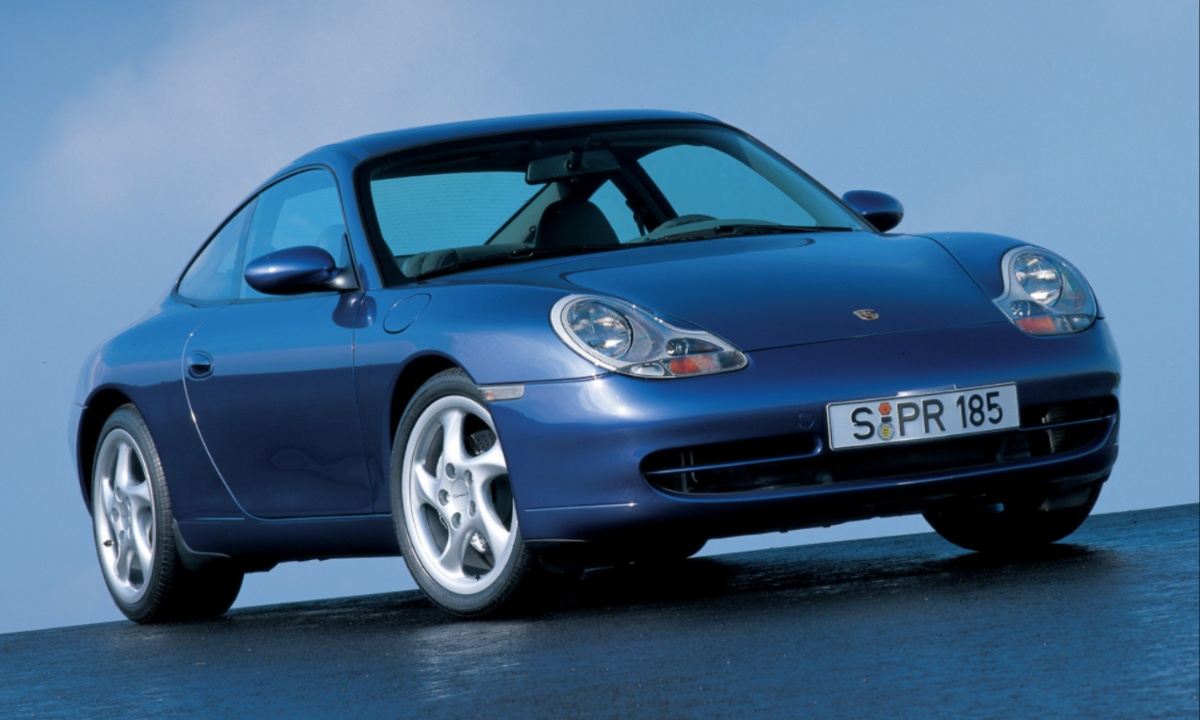
8. The 1996 Ford Taurus: A Headlight Mishap
Headlights often define a car’s personality, and in the case of the 1996 Ford Taurus, they played a significant role in its downfall. The car’s front-end design likened to a basking shark due to its rounded nose and misplaced fog lights, was widely criticized.
While the Taurus had been a successful sedan in previous generations, the design changes in 1996 negatively affected sales. Later models adopted a more conventional appearance, but the damage had already been done. The Taurus remained on the market until 2018, marking the end of one of Ford’s longest-running nameplates.
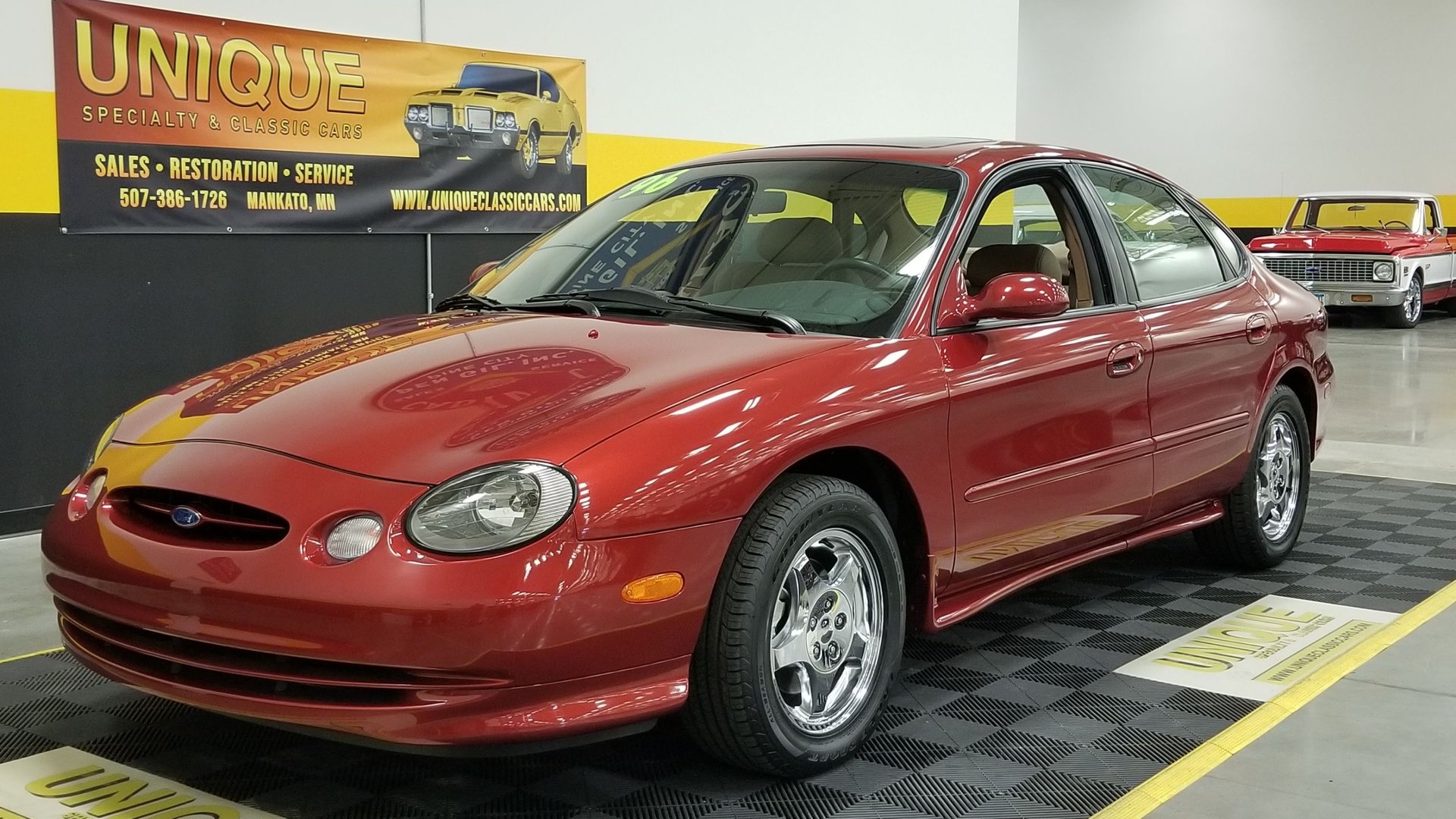
The vehicles discussed illustrate how design missteps can impact a car’s market success, even when performance and features are strong. While some manufacturers managed to correct their mistakes through redesigns or facelifts, others saw their models discontinued entirely.
Consumer preferences and brand expectations play a crucial role in determining a vehicle’s success, emphasizing the importance of striking a balance between innovation and aesthetic appeal. Moving forward, automakers must carefully consider how design choices align with consumer expectations to avoid the pitfalls of these infamous missteps.
Also Read: 10 Best Spark Plugs for Fuel Efficiency

